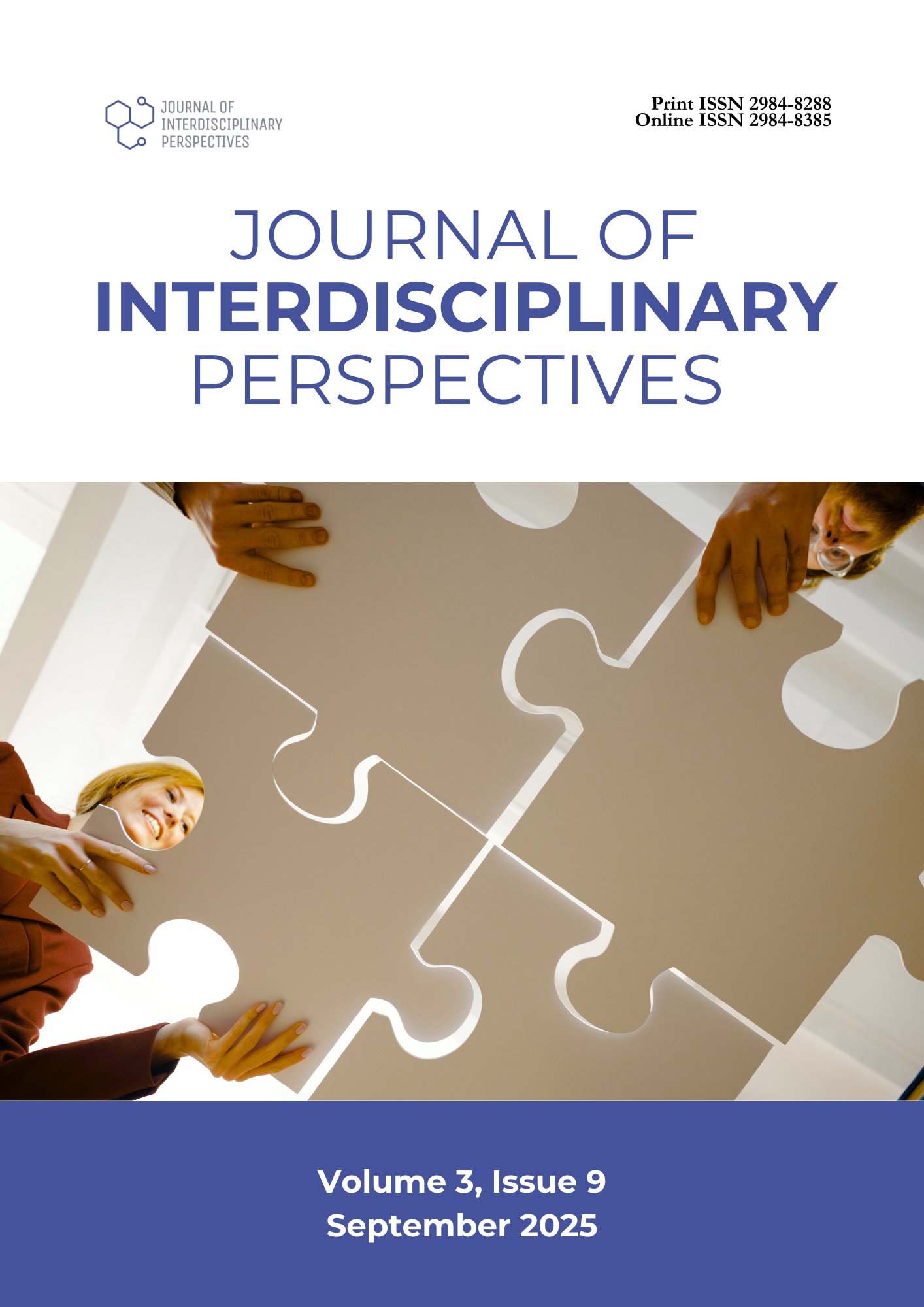The Strategic Supplier Relationships towards Effective Policy Implementation in the Ghana Armed Forces
DOI:
https://doi.org/10.69569/jip.2025.329Keywords:
Effective policy implementation, Ghana Armed Forces, Operational readiness, Strategic supplier relationshipsAbstract
The study evaluated the impact of strategic supplier relationships on the effectiveness of procurement policy implementation in the Ghana Armed Forces (GAF). The study was underpinned by the Resource-Based View of the Firm, the Strategic Sourcing and Trust theories, and the E-Procurement System Framework, which explain the connection between Strategic Supplier Relationships (SSR) and the effectiveness of policy implementation. The study employed a descriptive research design with a quantitative approach. The study relied solely on primary data, using a structured questionnaire to solicit responses from 156 respondents, including GAF personnel and other stakeholders. The research locale was Burma Camp, in Accra, Ghana's capital city. SPSS version 26 and SMART PLS version 3.8 were used for the data analysis. The analysis considered descriptive and inferential analyses (ANOVA by Factor, t-test, and Structural Equation Modelling (SEM)). The study found significant opportunities for the GAF in SSR. These include strategic alliance, transparency and accountability, long-term planning, and local sourcing. In addition, the study found that the current state of Supplier Relationship Management (SRM) implementation in GAF has a significant impact on Communication, Mutual Trust, and Supplier Performance. Furthermore, the study revealed that the Public Procurement Law significantly moderates the challenges and opportunities, as well as the SRM, in the effective implementation of the Procurement Policy in GAF. Additionally, SEM results indicate that Challenges & Opportunities and SRM have a significant influence on effective policy implementation in the GAF.
Downloads
References
Akyuz, G. A., & Gursoy, G. (2019). Strategic management perspectives on supply chain. Management Review Quarterly, 70(2), 213–241. https://doi.org/10.1007/s11301-019-00165-6
Cohen, R. (2007). Understanding supply chain dynamics. Strategic Management Review, 18(2), 117–130. https://www.strategicmanagement.net/
Creswell, J. W., & Creswell, J. D. (2018). Research design: Qualitative, quantitative, and mixed methods approaches (5th ed.). SAGE Publications. https://tinyurl.com/rzdjv46f
Gutierrez, A., Kothari, A., Mazuera, C., & Schoenherr, T. (2020). Taking supplier collaboration to the next level. McKinsey & Company. https://tinyurl.com/2njsfs99
Hair, J. F., Hult, G. T. M., Ringle, C. M., Sarstedt, M., Danks, N. P., & Ray, S. (2021). Partial least squares structural equation modeling (PLS-SEM) using R. Springer International Publishing. https://doi.org/10.1007/978-3-030-80519-7
Handfield, R., & Cousins, P. (2014). Strategic sourcing: Trends and practices. International Journal of Procurement Management, 10(1), 1–14. https://www.tandfonline.com/toc/rijp20/current
Hasan, M., Khan, T., & Jalal, A. (2024). Quantifying the influence of supplier relationship management and supply chain performance. Brazilian Journal of Operations & Production Management, 21(2), 2015–2015. https://doi.org/10.14488/bjopm.2015.2024
Kevin, O., & Odero, J. A. (2023). Supplier relationship management practices, procurement ethics, and supply chain performance in county governments. Journal of Business and Social Review in Emerging Economies, 9(2), 63–72. https://doi.org/10.26710/jbsee.v9i2.2583
Klasa, K., Greer, S. L., & van Ginneken, E. (2018). Strategic purchasing in practice: Comparing ten European countries. Health Policy, 122(5), 457–472. https://doi.org/10.1016/j.healthpol.2018.01.014
Kosgei, R., & Gitau, R. (2016). Effect of supplier relationship management on organizational performance: A case study of Kenya Airways Limited. International Academic Journal of Procurement and Supply Chain Management, 2(2), 134–148. https://www.iajournals.org/articles/iajpscm_v2_i2_134_148.pdf
Lambsdorff, J. (2007). Ethics in supply chain relationships. Journal of Business Ethics, 71(4), 387–400. https://www.springer.com/journal/10551
Mamun, M., & Hanafi, Z. (2018). Supply chain performance measurement model: A literature review. International Journal of Supply Chain Management. https://www.academia.edu/download/84318883/49.pdf
Murphy, K. (2022, February 10). Centralized purchasing: Advantages and disadvantages. PLANERGY Software. https://planergy.com/blog/centralized-purchasing
Ness, D. (2012). Supplier engagement strategies. Journal of Purchasing & Supply Management, 18(5), 305–314. https://tinyurl.com/3vnp5dt3
Pedersen, O., Jahre, M., & Norrman, A. (2025). A balancing act: Towards a conceptual framework for the governance of buyer-supplier relationships in defense supply chains. Scandinavian Journal of Military Studies, 8(1), 152–177. https://doi.org/10.31374/sjms.354
Pinnington, B. D., & Ayoub, R. (2019). Rebuilding supplier relationships: An action research study of contract complementarity. Journal of Business Research, 101, 323–333. https://doi.org/10.1016/j.jbusres.2019.04.036
Schmelzle, U., & Mukandwal, P. S. (2022). The impact of supply chain relationship configurations on supplier performance: Investigating buyer–supplier relations in the aerospace industry. The International Journal of Logistics Management, 34(5). https://doi.org/10.1108/ijlm-12-2020-0465
Tangen, S., & Arthur, M. (2012). Performance measurement in supply chains. International Journal of Logistics Management, 23(3), 237–254. https://doi.org/10.1108/0957895211231260
Xie, M., & Yang, J. (2016). The impact of strategic supplier relationships on supplier performance: Evidence from Chinese manufacturing firms. International Journal of Production Economics, 182, 15–23. https://doi.org/10.1016/j.ijpe.2016.07.021
Downloads
Published
How to Cite
Issue
Section
License
Copyright (c) 2025 Journal of Interdisciplinary Perspectives

This work is licensed under a Creative Commons Attribution-NonCommercial 4.0 International License.








